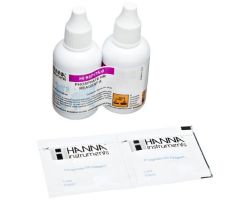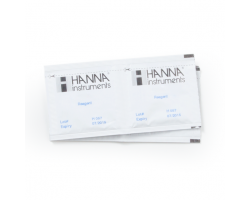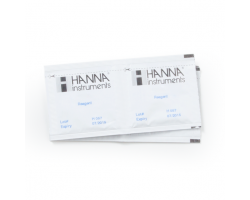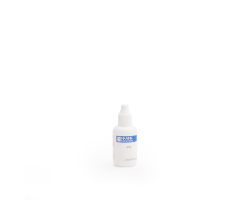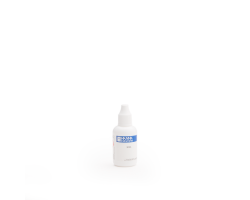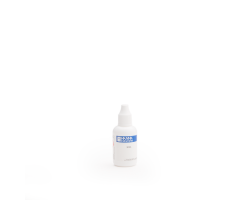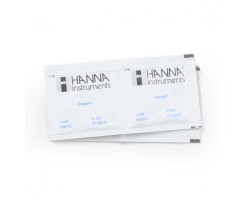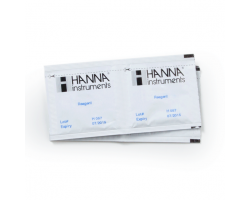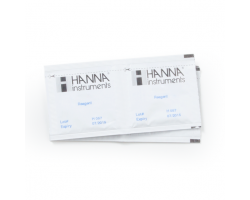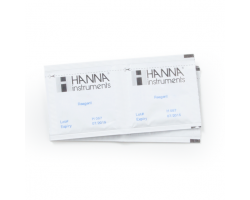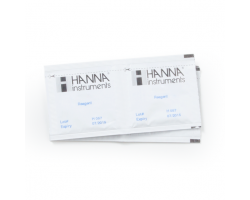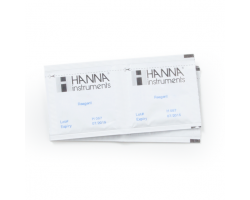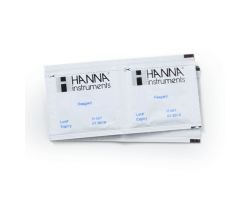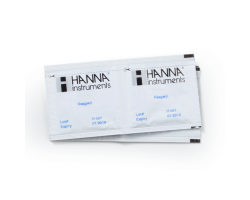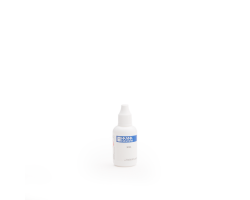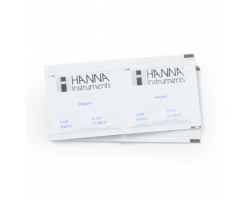Реагенты для фотометрии

HI93717-01 реагенты на фосфат, высокие концентрации, 0-30 мг/л, 1...
9315.00р.
Количество - 100 тестов / Метод - Адаптированный метод с аминокислотой. / Упаковка - Бутылочка-капельница и пакетики /
HI93717-03 реагенты на фосфат, высокие концентрации, 0-30 мг/л, 3...
26650.00р.
Количество - 300 тестов / Метод - Адаптированный метод с аминокислотой. / Упаковка - Бутылочка-капельница и пакетики /
HI93718-01 реагенты на йод, 100 тестов
8640.00р.
Method - Adaptation of the Standard Methods for the Examination of Water and Wastewater, 20th edition, DPD method. The reaction between iodine and the reagent causes a pink tint in the sample. / Package - sachets / Quantity - 100 tests /
HI93718-03 реагенты на йод, 300 тестов
22750.00р.
Method - Adaptation of the Standard Methods for the Examination of Water and Wastewater, 20th edition, DPD method. The reaction between iodine and the reagent causes a pink tint in the sample. / Package - packet / Quantity - 300 tests /
HI93719-01 реагенты на жесткость по магнию, 100 тестов...
15730.00р.
Method - adaptation of the Standard Methods for the Examination of Water and Wastewater, 18th ed. calmagite colorimetric method. / Package - bottles / Quantity - 100 tests /
HI93720-01 реагенты на жесткость по кальцию, 100 тестов...
15730.00р.
Method - Adaptation of the Standard Methods for the Examination of Water and Wastewater, 18th edition, calmagite method. The reaction between calcium and reagents causes a red tint in the sample. / Package - dropper bottles / Quantity - 100 tests /
HI93720-03 реагенты на жесткость по кальцию, 300 тестов...
44000.00р.
Method - Adaptation of the Standard Methods for the Examination of Water and Wastewater, 18th edition, calmagite method. The reaction between calcium and reagents causes a red tint in the sample. / Package - dropper bottles / Quantity - 300 tests /
HI93721-01 реагенты на железо, 0.00-5.00 мг/л, 100 тестов...
7965.00р.
Количество - 100 тестов / Метод - Адаптированный метод EPA 315B с фенантролином / Упаковка - Пакетики /
HI93721-03 реагенты на железо, высокие концентрации, 300 тестов...
21710.00р.
Количество - 300 тестов / Метод - Адаптированный метод EPA 315B с фенантролином / Упаковка - Пакетики /
HI93722-01 реагенты на циануровую кислоту, 100 тестов...
14430.00р.
Method - Turbidimetric Method / Package - sachets / Quantity - 100 tests /
HI93723-01 реагенты на хром (VI), высокие концентрации, 100 тесто...
9720.00р.
Method - adaptation of the ASTM Manual of Water and Environmental Technology, D1687-92, diphenylcarbohydrazide method. The reaction between chromium and the reagent causes a purple tint in the sample. / Package - sachets / Quantity - 100 tests /
HI93723-03 реагенты на хром (VI), высокие концентрации, 300 тесто...
26910.00р.
Method - adaptation of the ASTM Manual of Water and Environmental Technology, D1687-92, diphenylcarbohydrazide method. The reaction between chromium and the reagent causes a purple tint in the sample. / Package - sachets / Quantity - 300 tests /
HI93726-01 реагенты на никель, высокие концентрации, 50 тестов...
59500.00р.
Method - Adaptation of the photometric method. The reaction between nickel and the reagent causes a blue tint in the sample. / Package - sachets / Quantity - 50 /
HI93728-01 реагенты на нитрат, 0.0-30.0 мг/л , 100 тестов...
22750.00р.
Количество - 100 / Метод - Адаптированный метод восстановления кадмием / Упаковка - Пакетики /
HI93728-03 реагенты на нитрат, 300 тестов
64375.00р.
Количество - 300 / Метод - Адаптированный метод восстановления кадмием / Упаковка - Пакетики /
HI93729-01 реагенты на фторид, 0,00 – 2,00 мг/л, 100 тестов n/v...
10665.00р.
Method - Adaptation of the EPA method 340.1 and SPADNS method / Package - bottles / Quantity - 100 /
HI93729-03 реагенты на фторид, 300 тестов n/v...
29770.00р.
Method - Adaptation of the EPA method 340.1 and SPADNS method / Package - bottles / Quantity - 300 /
HI93730-01 реагенты на молибден 0.0-40.0 мг/л, 100 тестов...
28600.00р.
Method - mercaptoacetic acid method / Package - packet / Quantity - 100 /


